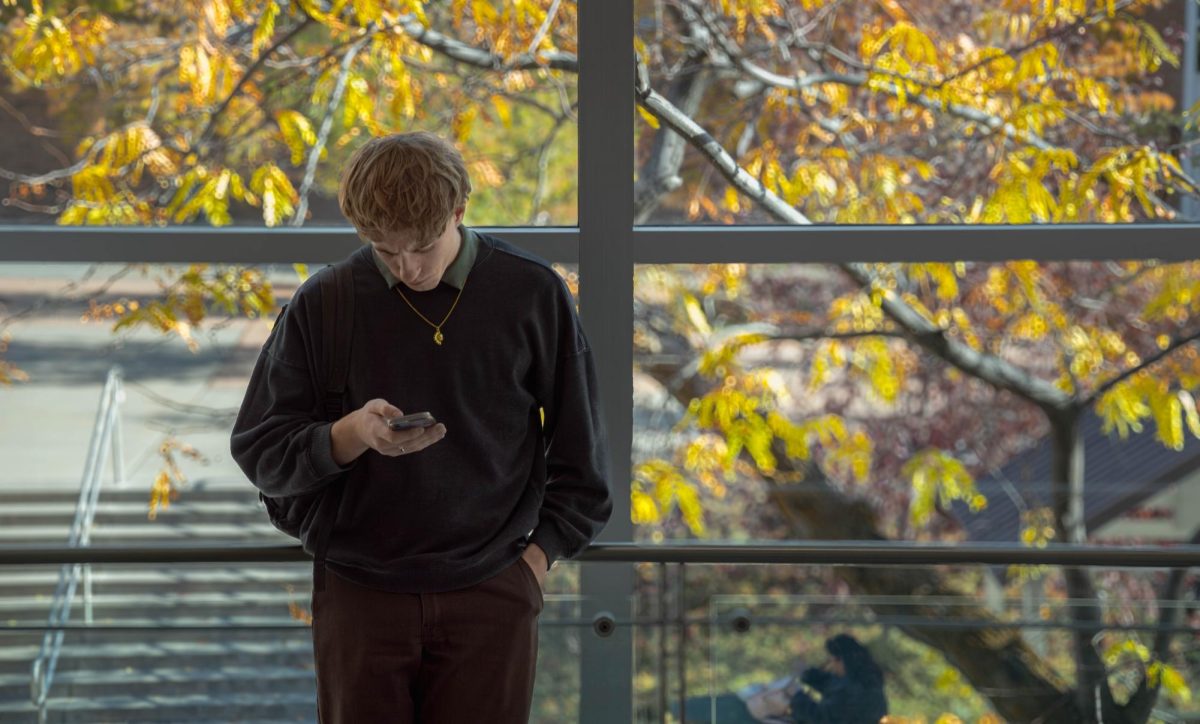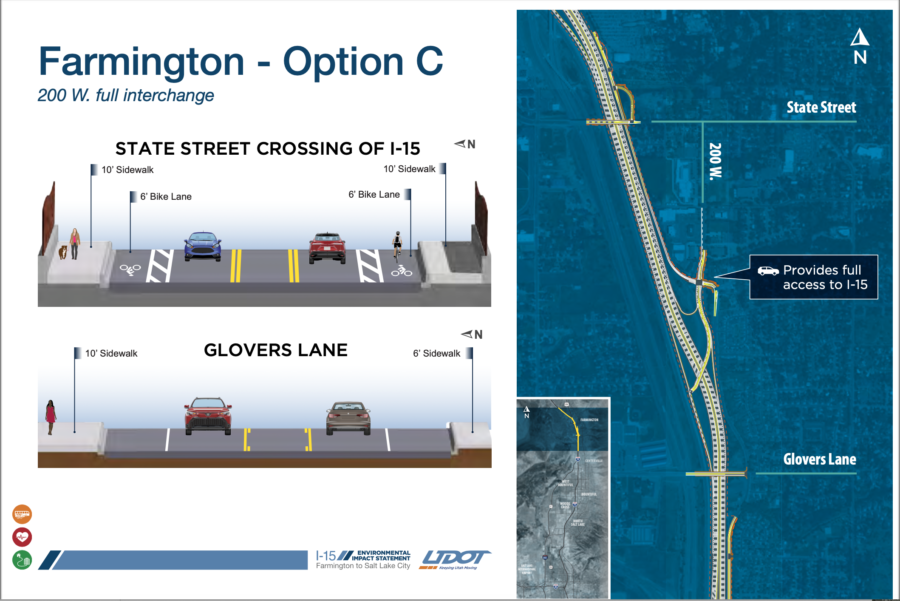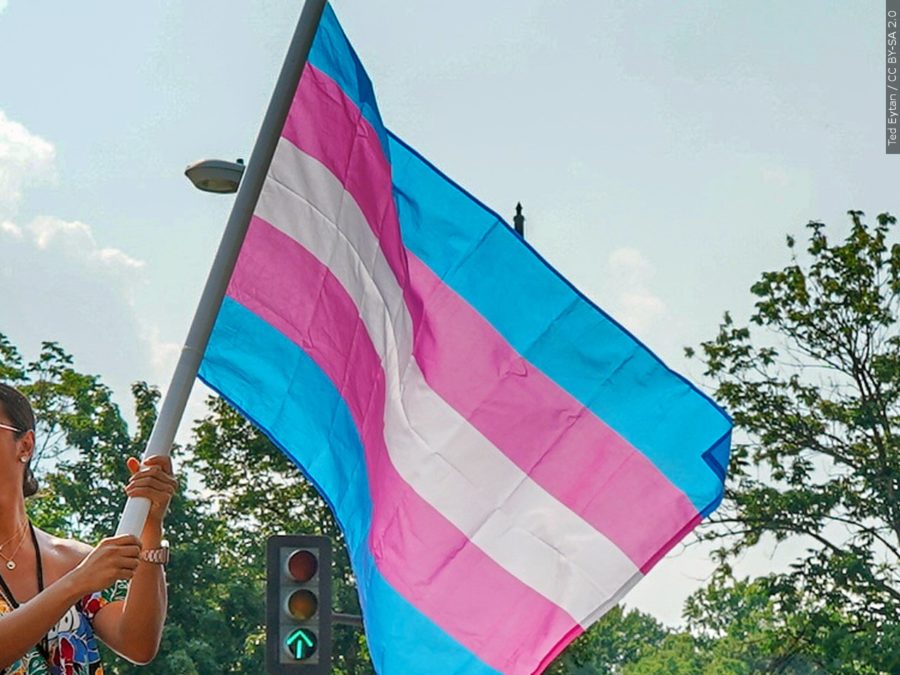
Weber State University cancelled classes for two weeks and immediately afterward moved to an online format on March 16. For many, it began several weeks of turbulent change.
Many were unprepared for such a tumultuous and unexpected change. Adjusting to online learning in a few weeks has been emotionally exhausting and confusing for many students and faculty.
In many cases, the education process was disrupted while professors redesigned courses for a new delivery format, and students are caught in the middle of the transition to an online environment. Faculty and instructors had less than a week to move face-to-face courses to a virtual or online setup.
This is an unprecedented time, and technology has become the number one tool for continuing the semester. A series of technological platforms are being used to hold classes.
Weber State facilities are closed, so students who relied on the computer labs for homework and research have had to find another place to use computers and get internet access.
Utah has very few Internet service providers. Since all the universities, colleges, high schools and elementary schools are online, the internet is lagging, including on WSU’s campus.
Many students can only afford low-speed Internet service. As a result, the connection gets frozen or cut off. Students miss valuable information if the professor is teaching at that time.
Zoom, which is a video and voice platform, is a popular choice among many professors. They use it to teach their classes in real-time. While it has multiple advantages, students also face much troubleshooting, such as poor and unpredictable video quality. As the Zoom meeting continues, the audio quality can deteriorate the longer the meeting goes on.
It is hard to hold a fruitful discussion during a Zoom meeting since so many students are participating, and it is difficult to see who is talking or whose turn it is next.
Requiring students to show up at class time using Zoom or any other platform is not ideal. Meanwhile, during a global crisis, classes are not a priority for many students.
Liam Smith, a senior student, expresses that having a virtual class in Zoom is hard because he has to take care of his small children.
“I don’t have anyone to take care of them while I am in class in front of a computer,” he said.
Weber State University is an open university. It serves non-traditional students. However, because of the COVID-19 risks, day cares are closed, and babysitters are in social isolation. Parents with small children are left to deal with the troubleshooting and taking care of their children simultaneously.
Adam Harker says that he is afraid of failing his classes since he hasn’t been able to attend virtual classes because of the low speed of his internet and the hardships in of the situation.
Canvas, the official Weber State University educational platform, is experiencing shutdowns and glitches, likely due to the increased student and faculty activity.
Many students didn’t know how to use Canvas and are barely learning to navigate it, as are faculty. This can lead to increased questions and problems arising for students.
While the withdrawal deadline has been extended to April 17, withdrawal has the potential to harm financial aid. However, the financial aid office is trying to work a solution to make sure that students are not unfairly penalized because of a withdrawal this semester.



















